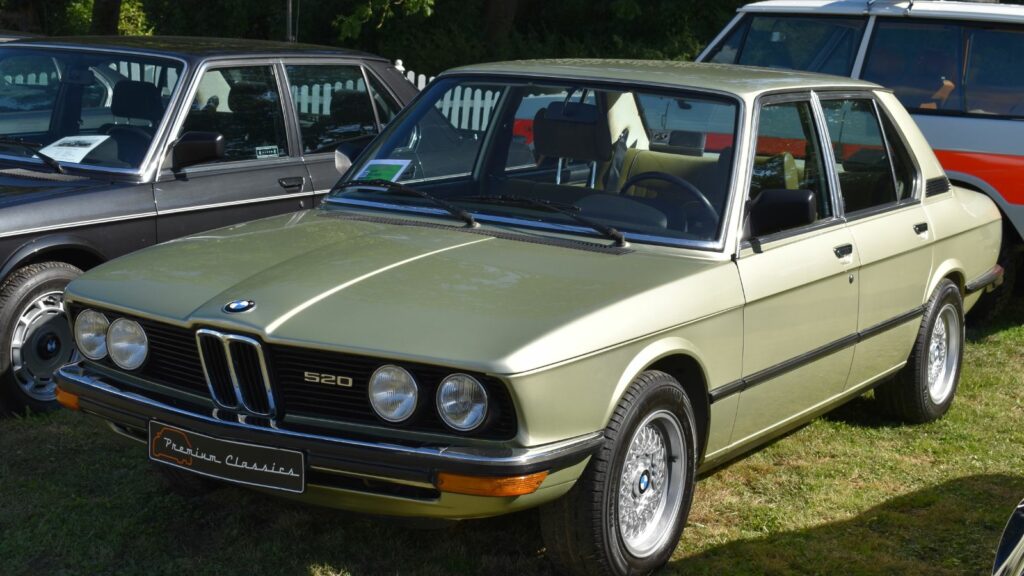BMW is a brand built on a clear philosophy: cars should thrill drivers first, and everything else comes second. That focus on precision, engineering, and driving passion has created icons that not only shaped BMW but also influenced the entire automotive landscape. Over the years, the Bavarian brand has produced machines that carried it through crises, changed its public image, and defined entire classes of cars. Here are twenty BMWs that truly defined what BMW is all about expanded with deeper context and detail.
BMW 328 Roadster (1936)
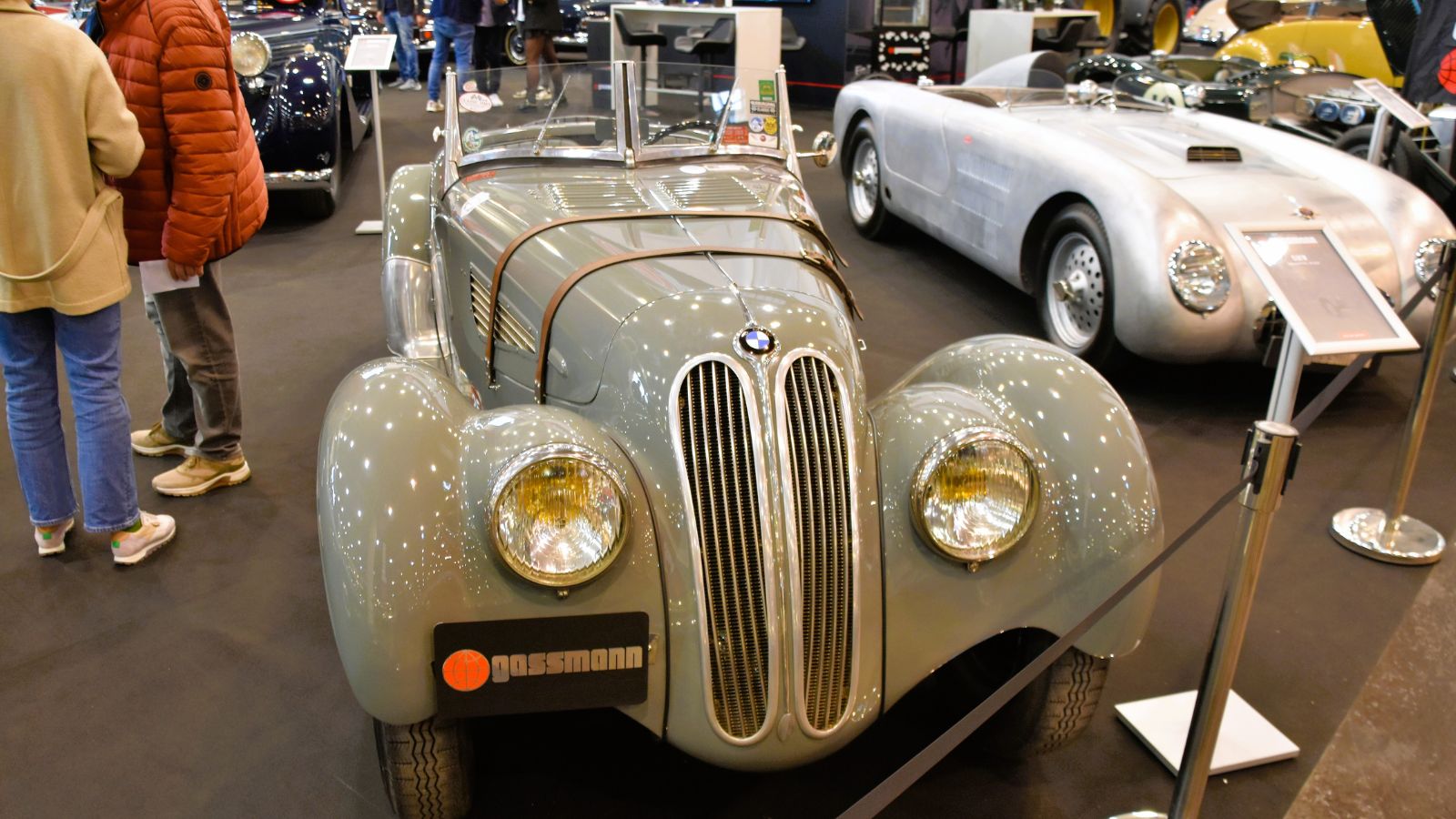
The 328 Roadster was the car that put BMW on the map. Lightweight and agile, it was a pre-war sports car that dominated racing events, including the Mille Miglia. Its advanced design, with tubular-frame construction and a free-revving straight-six, embodied the balance of performance and engineering precision BMW would become famous for. It was the first real demonstration of “driving pleasure” from BMW.
BMW 507 (1956)
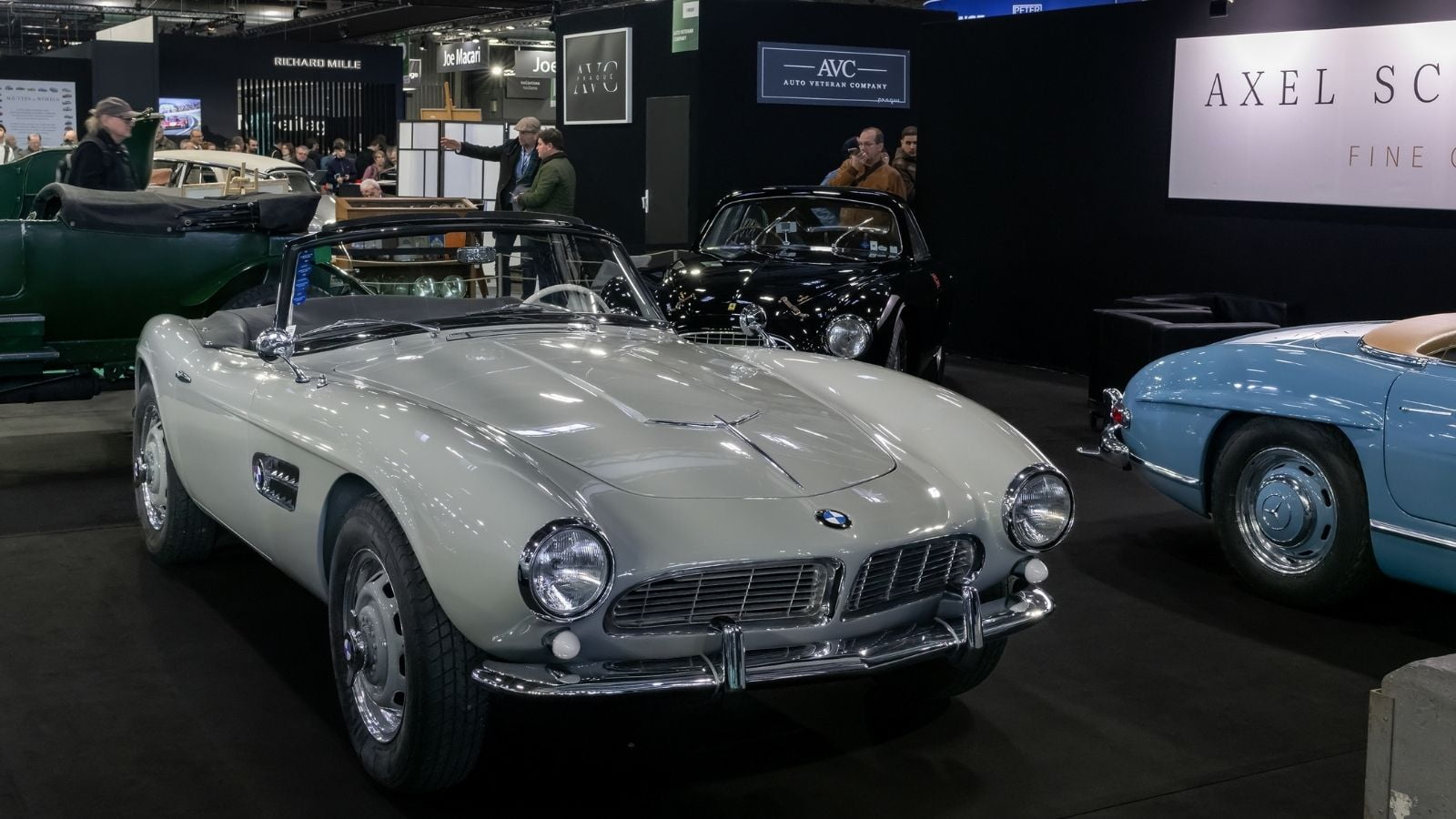
Styled by Albrecht von Goertz, the BMW 507 was one of the most beautiful roadsters of its era. Powered by a V8, it was meant to compete with the Mercedes 300SL. Unfortunately, it was so expensive to build that BMW nearly bankrupted itself selling it. Despite its financial failure, the 507 defined BMW as a maker of aspirational sports cars and inspired design cues that returned decades later in the Z8.
BMW 1500 “Neue Klasse” (1962)
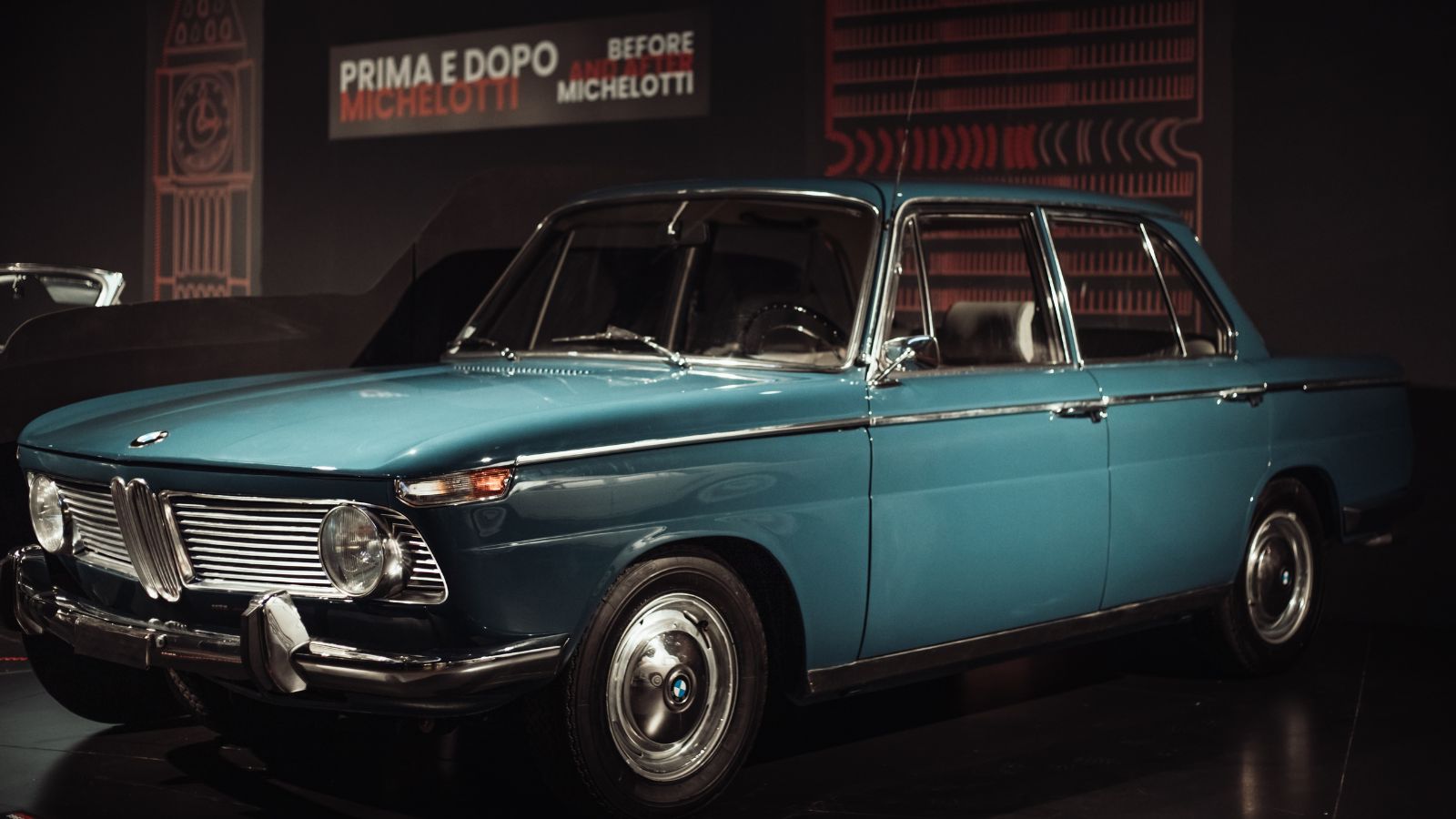
The Neue Klasse (New Class) saved BMW from collapse. This compact sedan mixed sporty handling with family practicality. It introduced the three-box design that still influences BMW sedans today. The 1500 and its successors showed the world that BMW could build everyday cars that still made driving exciting. Without it, there might not be a BMW today.
BMW 2002 (1968)
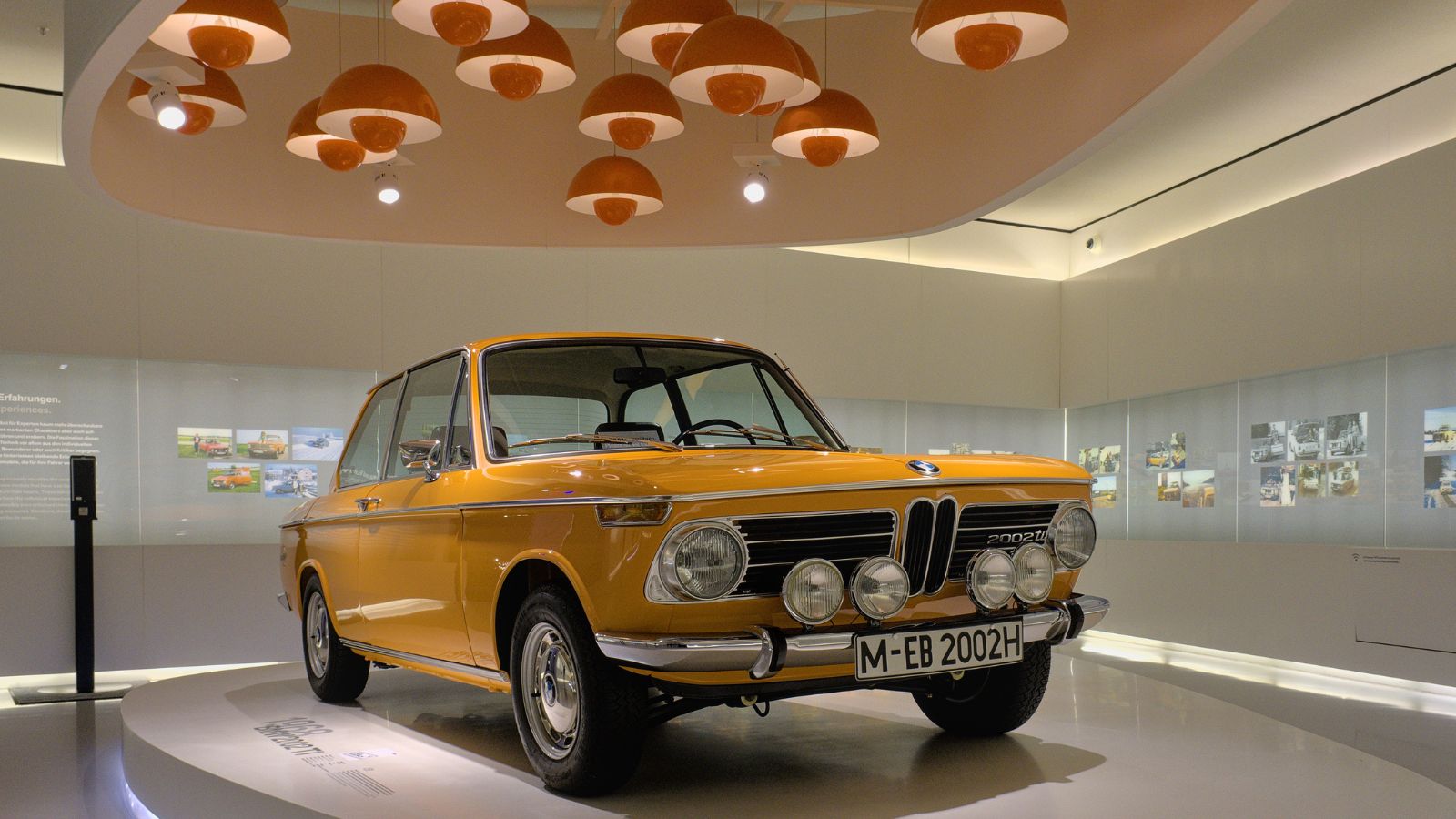
The 2002 wasn’t just a hit; it created the modern sport sedan category. Compact, simple, and fun, it delivered performance in a practical package. With versions like the 2002tii and Turbo, it proved that family cars could be thrilling. The 2002 is the direct ancestor of the 3 Series and cemented BMW’s reputation in North America as the “driver’s choice.”
BMW 3.0 CSL “Batmobile” (1972)
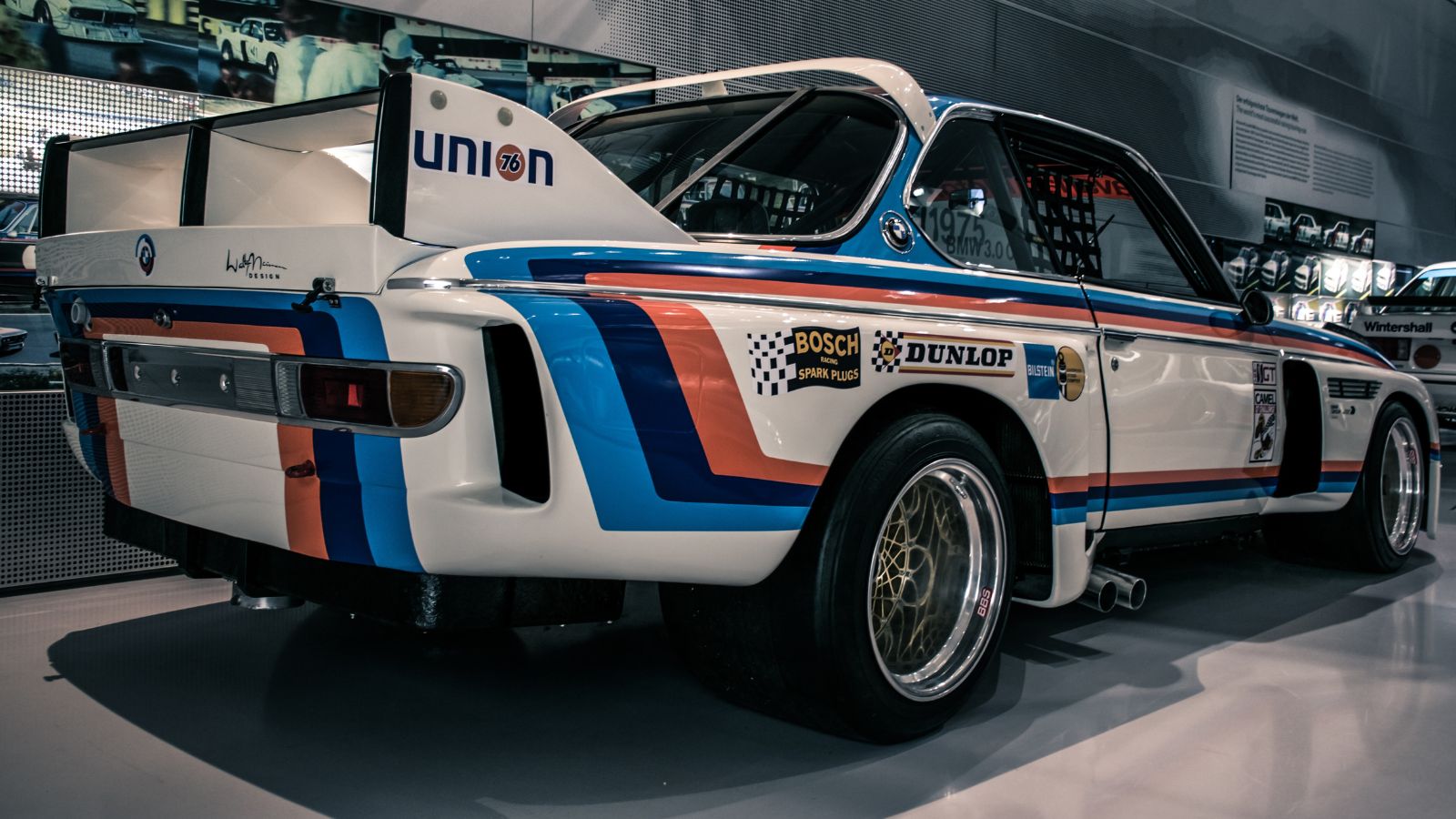
Built for touring car homologation, the 3.0 CSL was a lightweight coupe with outrageous aero. It became BMW’s first proper racing legend, dominating European circuits. More importantly, it gave birth to BMW’s Motorsport division—what we now know as “M.” The Batmobile showed that BMW could win at the track and then sell that technology to customers.
BMW 5 Series E12 (1972)
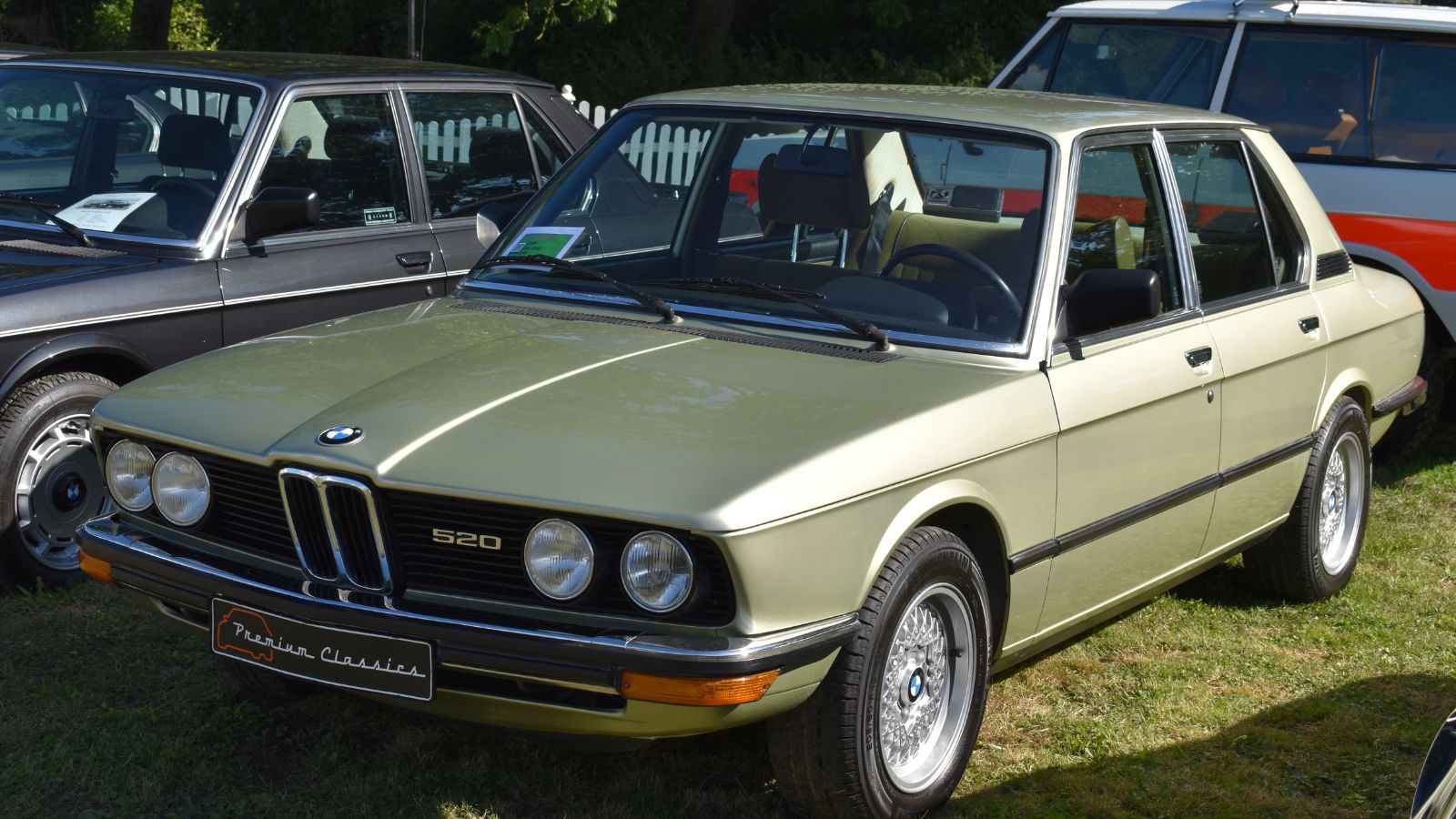
The first 5 Series set the template for BMW’s mid-size luxury sedans. It combined comfort and prestige with a driver-focused edge, creating a new executive car benchmark. The E12 also debuted BMW’s numbering system—odd numbers for sedans, even for coupes—which shaped the brand’s identity for decades.
BMW M1 (1978)
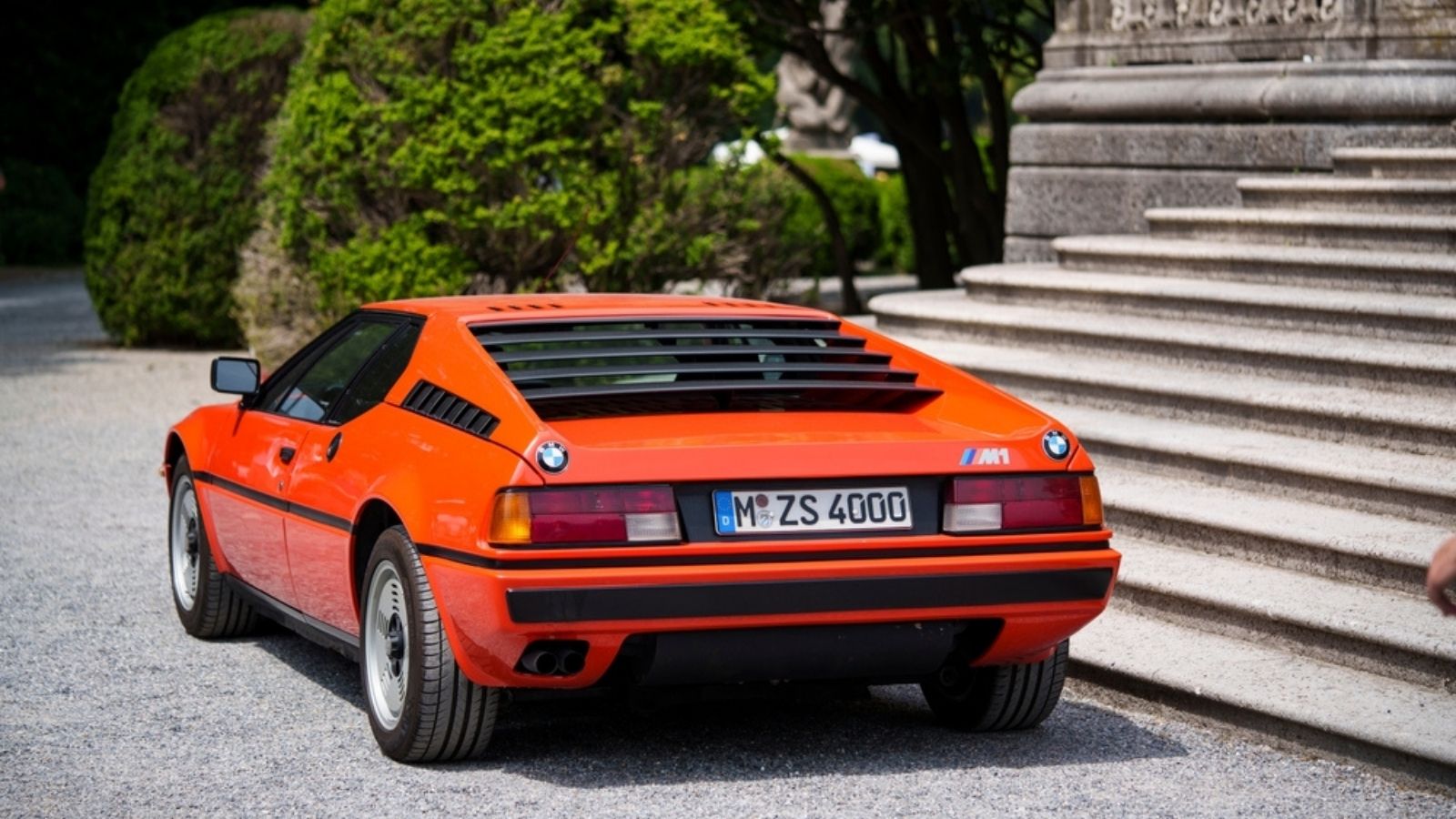
The M1 was BMW’s only mid-engine supercar and remains a legend. Designed by Giugiaro, it housed a high-revving straight-six developed for racing. Although racing rules changed and limited its motorsport success, the M1 established the Motorsport division as a serious engineering powerhouse. Today, it’s one of the rarest and most collectible BMWs ever.
BMW 3 Series E30 (1982)
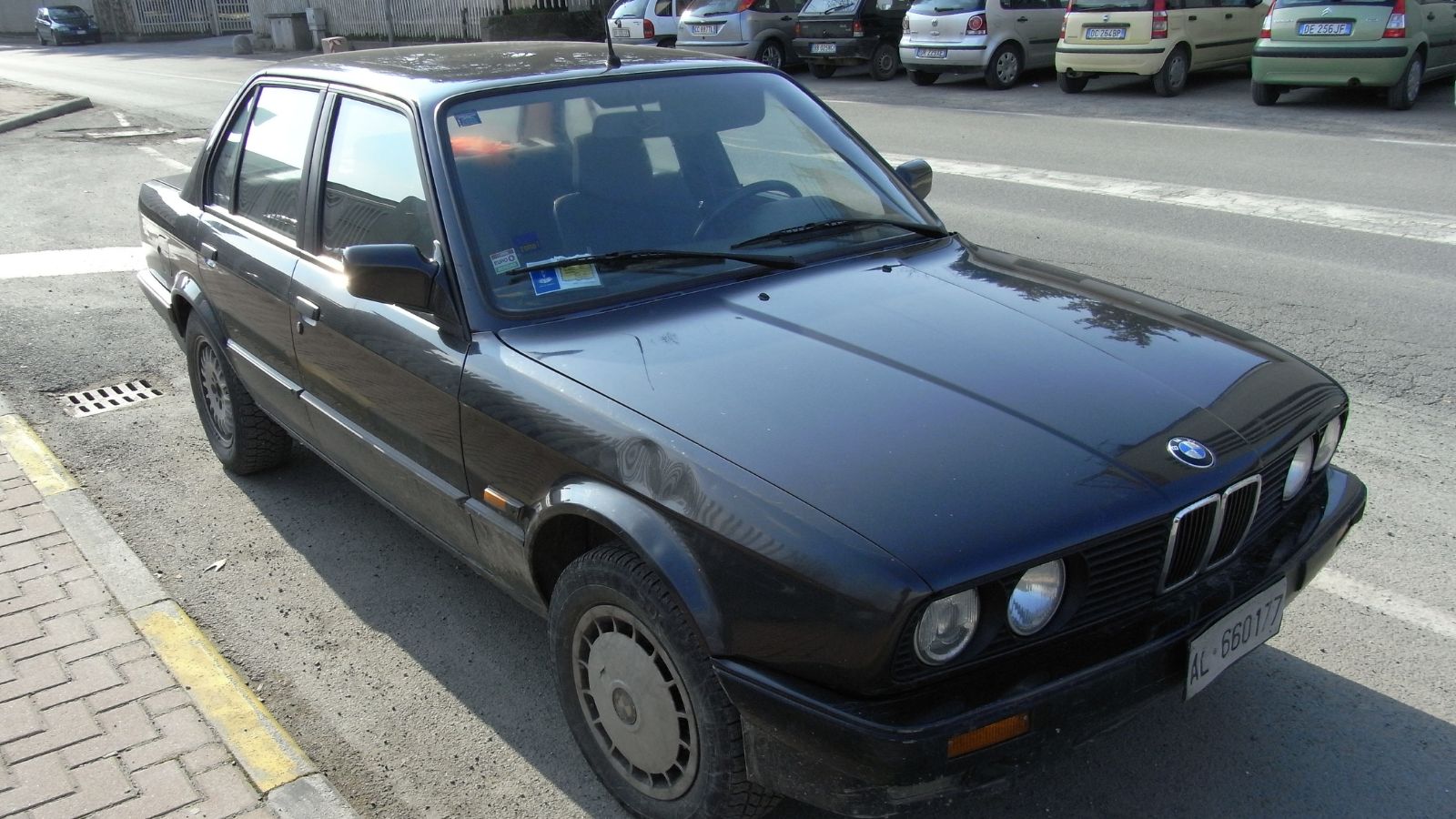
The E30 is perhaps the most beloved BMW of all time. It was reliable, simple, and endlessly fun to drive. Affordable when new, it became the car that defined BMW in the ’80s and early ’90s. The M3 variant went on to dominate touring car racing and created one of the most iconic performance badges in the industry.
BMW 7 Series E23 (1977)
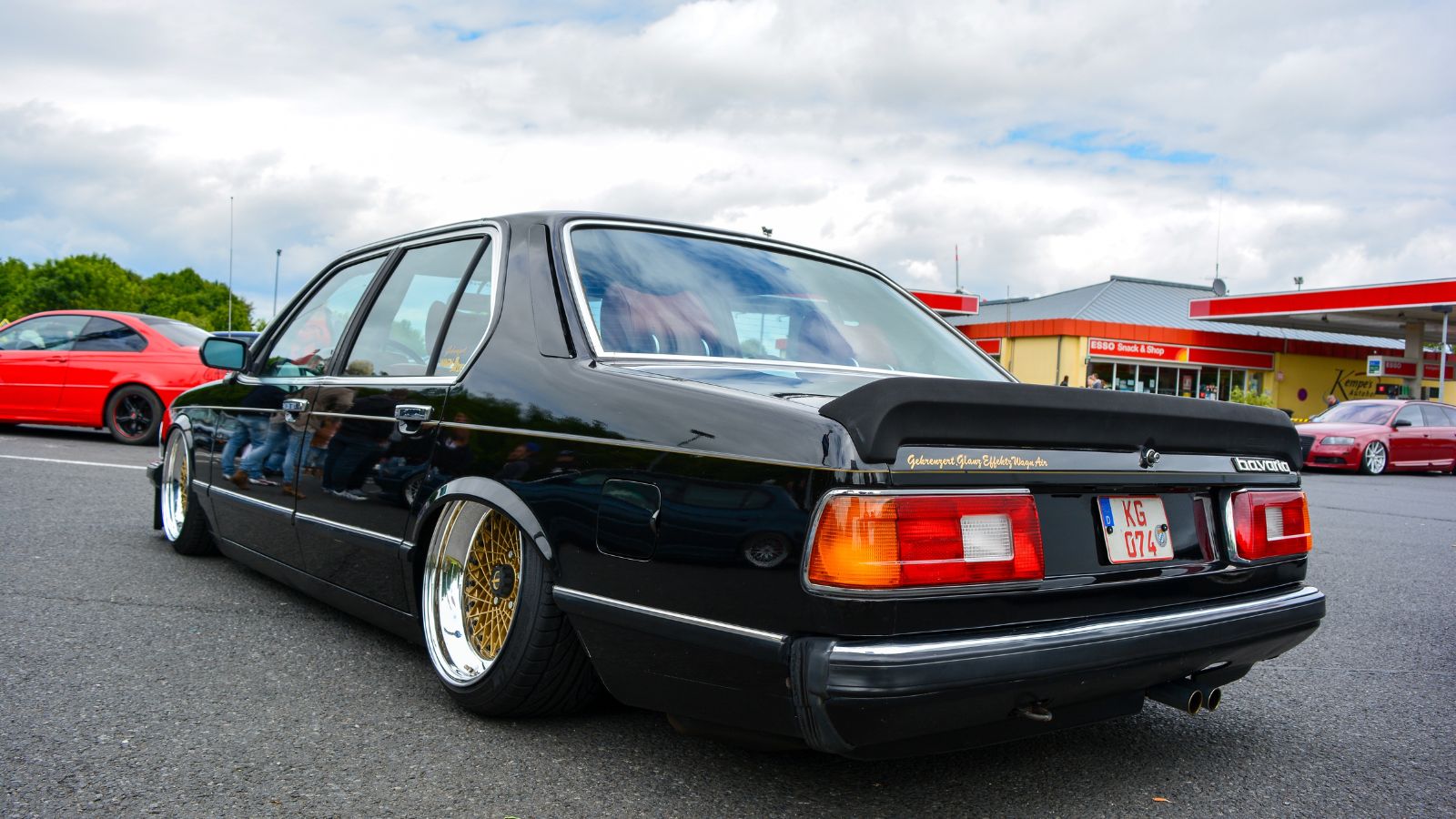
BMW’s first 7 Series established its luxury credentials. With innovations like onboard computers, fuel injection, and early driver aids like ABS, the E23 showed BMW could stand toe-to-toe with Mercedes-Benz in the flagship sedan market. It helped define BMW’s high-tech, performance-luxury image.
BMW 8 Series E31 (1990)
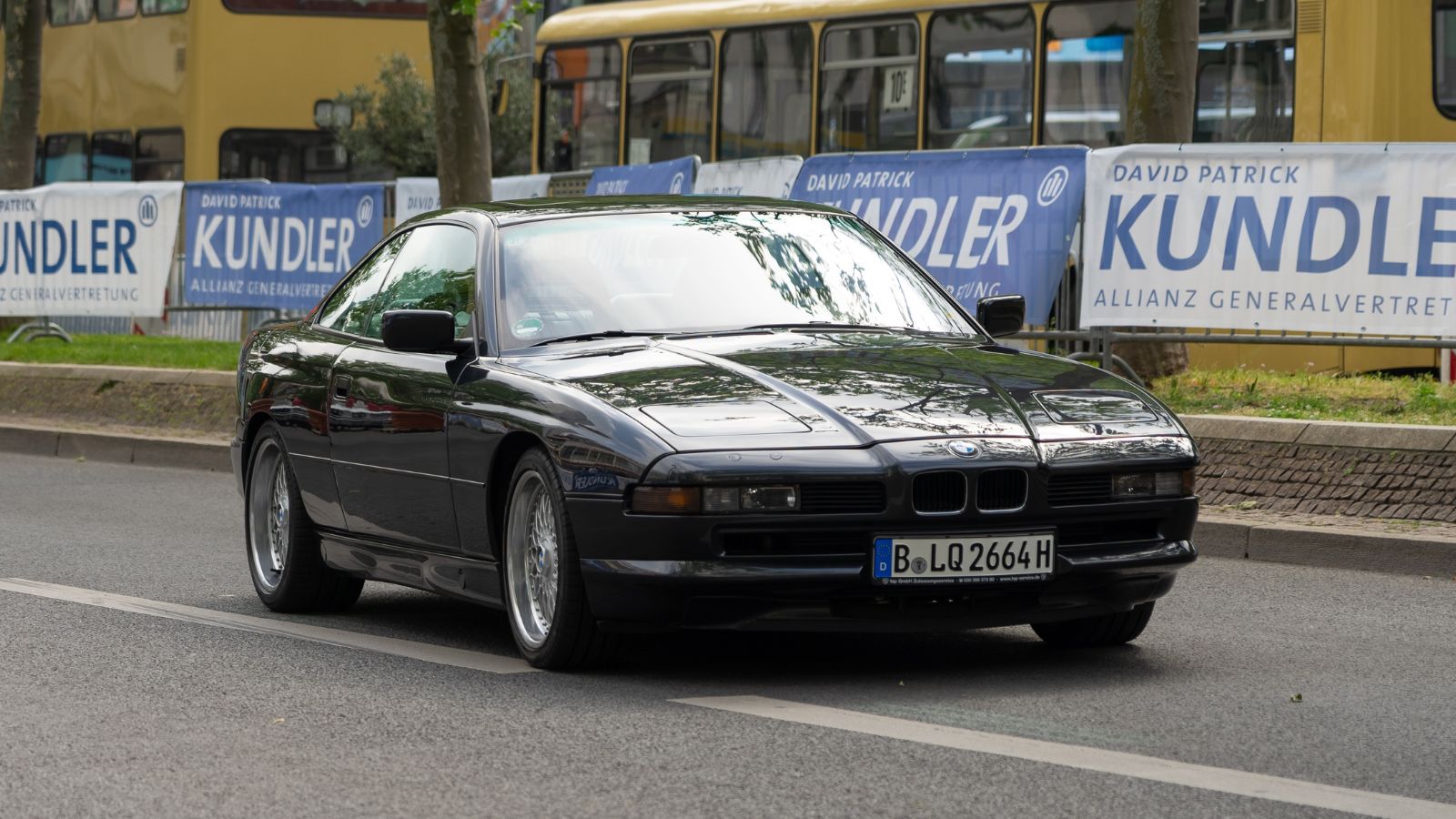
The original 8 Series was BMW’s futuristic GT coupe. With pop-up headlights, a sleek design, and available V12 power, it was a technological showcase. It introduced innovations like drive-by-wire throttle and multi-link rear suspension. Though expensive and low-volume, it proved BMW could build a true grand tourer for the modern age.
BMW Z3 (1995)
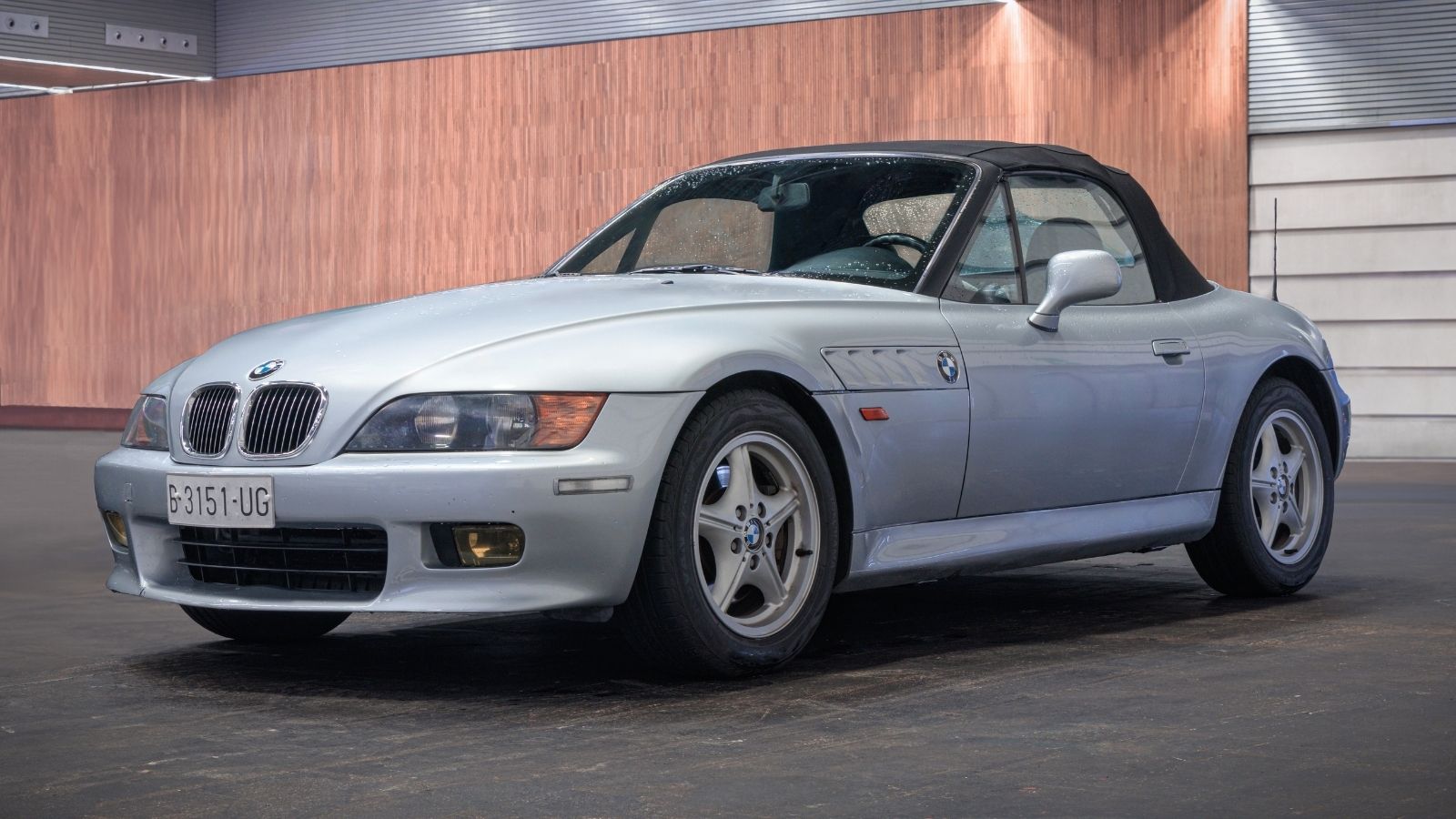
The Z3 was BMW’s first mass-market roadster, riding the wave of ’90s nostalgia for small, sporty cars. It gained global fame when James Bond drove it in GoldenEye. Affordable and stylish, it opened BMW ownership to a new generation of drivers.
BMW Z8 (1999)
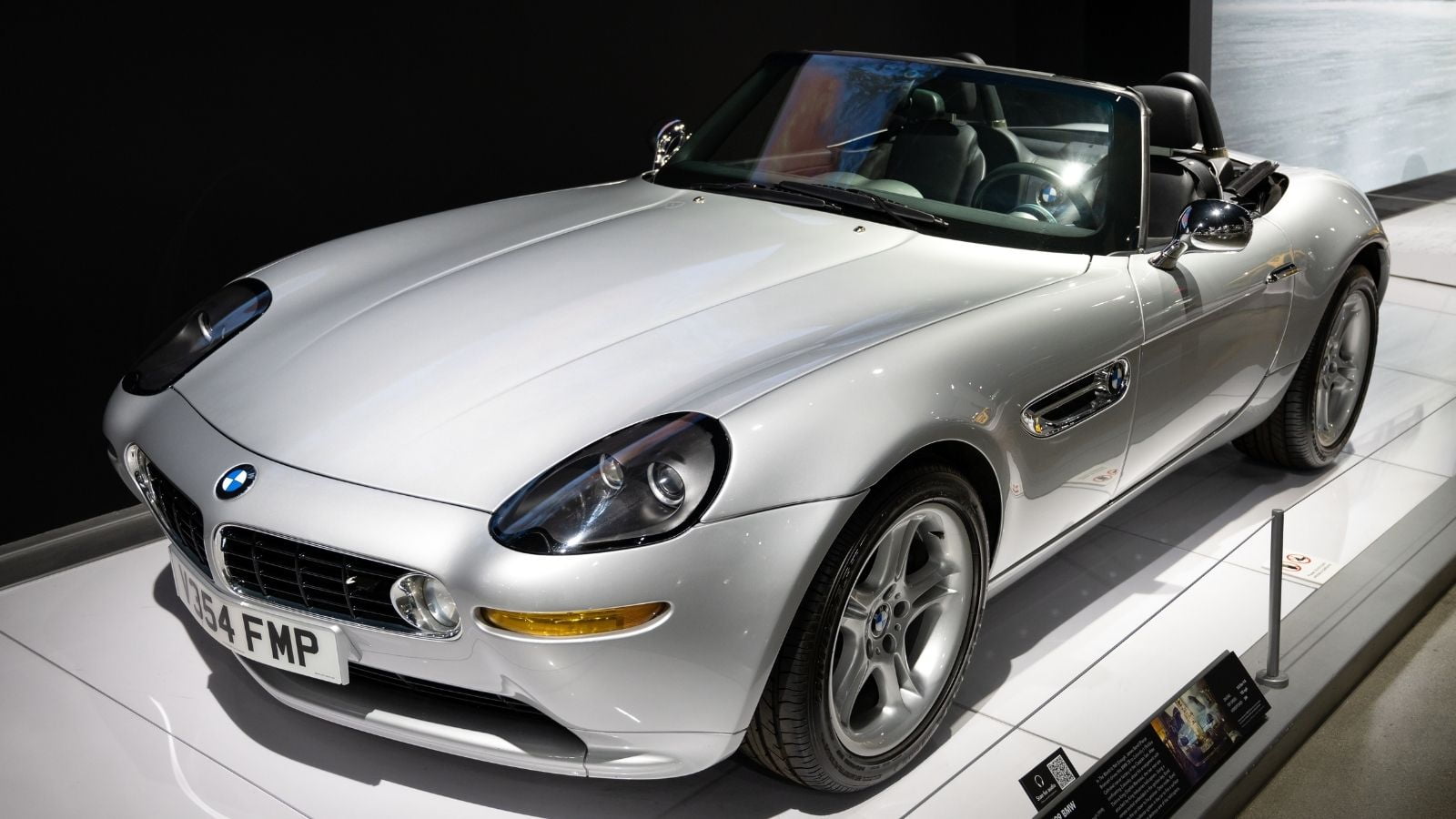
Inspired by the 507, the Z8 was a limited-production masterpiece. Powered by a 400-horsepower V8, with retro-modern styling, it became an instant classic. Today, Z8 values have skyrocketed, but when new, it symbolized BMW’s confidence at the turn of the millennium.
BMW X5 E53 (1999)
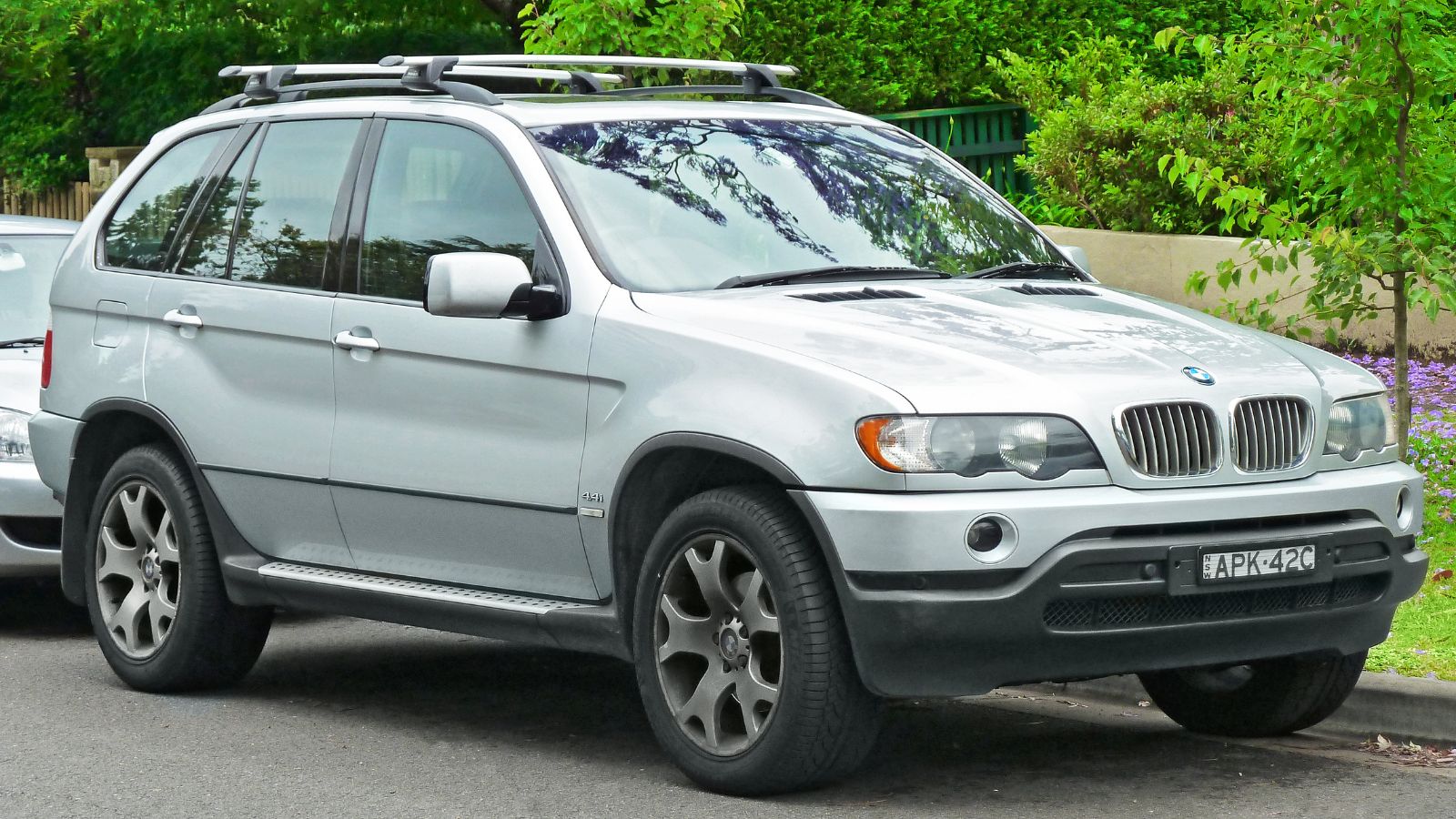
The X5 was BMW’s first SUV, and it redefined the segment. Marketed as a “Sports Activity Vehicle,” it combined SUV practicality with sports-sedan handling. It was a massive success and opened the door for BMW’s modern dominance in the luxury crossover market.
BMW 1 Series E87 (2004)
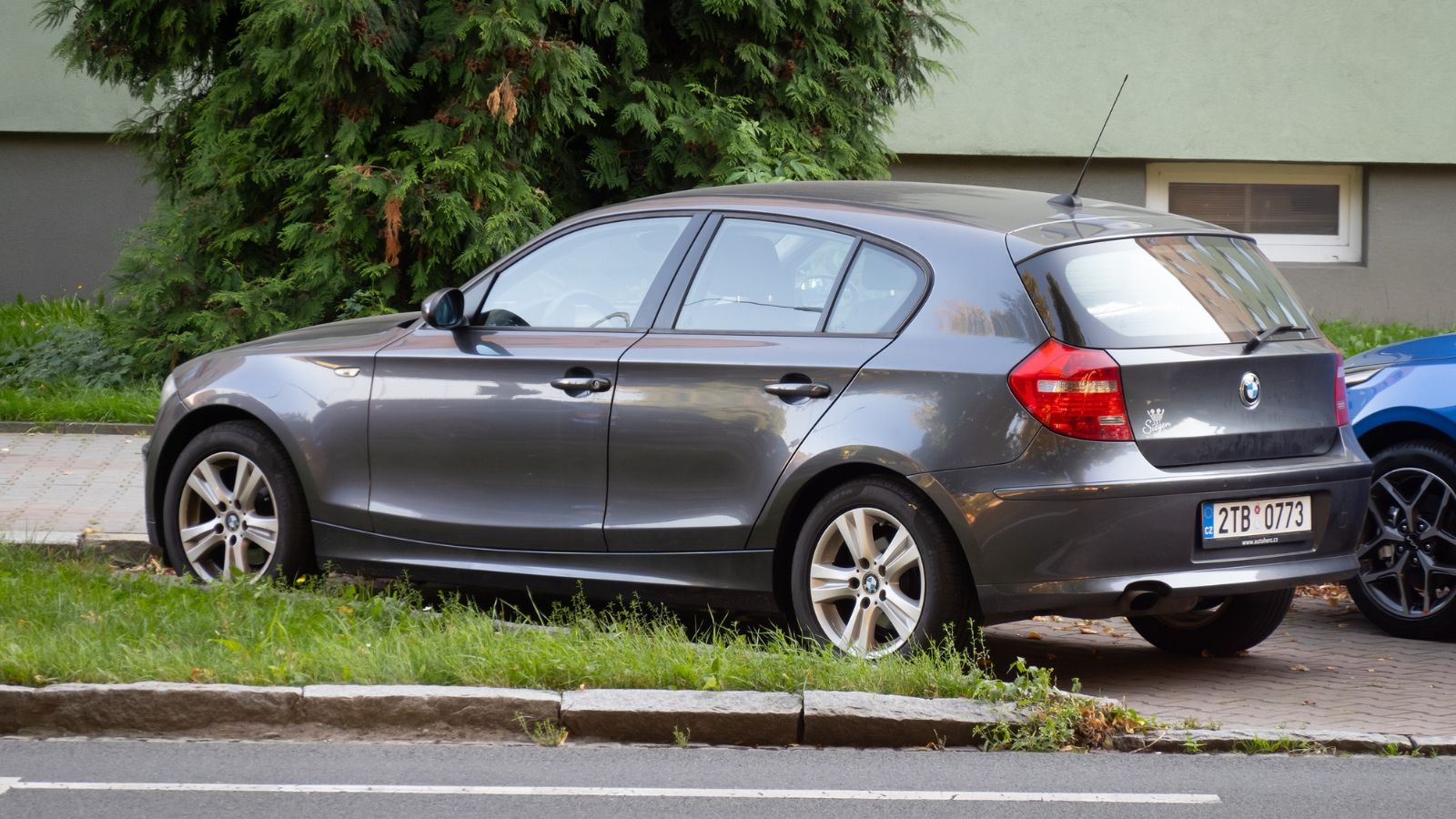
The 1 Series brought BMW into the compact premium market. Unlike most small cars, it retained rear-wheel drive, giving it sharp handling. It proved BMW could shrink its formula without losing its essence. Later performance versions like the 1M became cult classics.
BMW M3 E46 (2000)
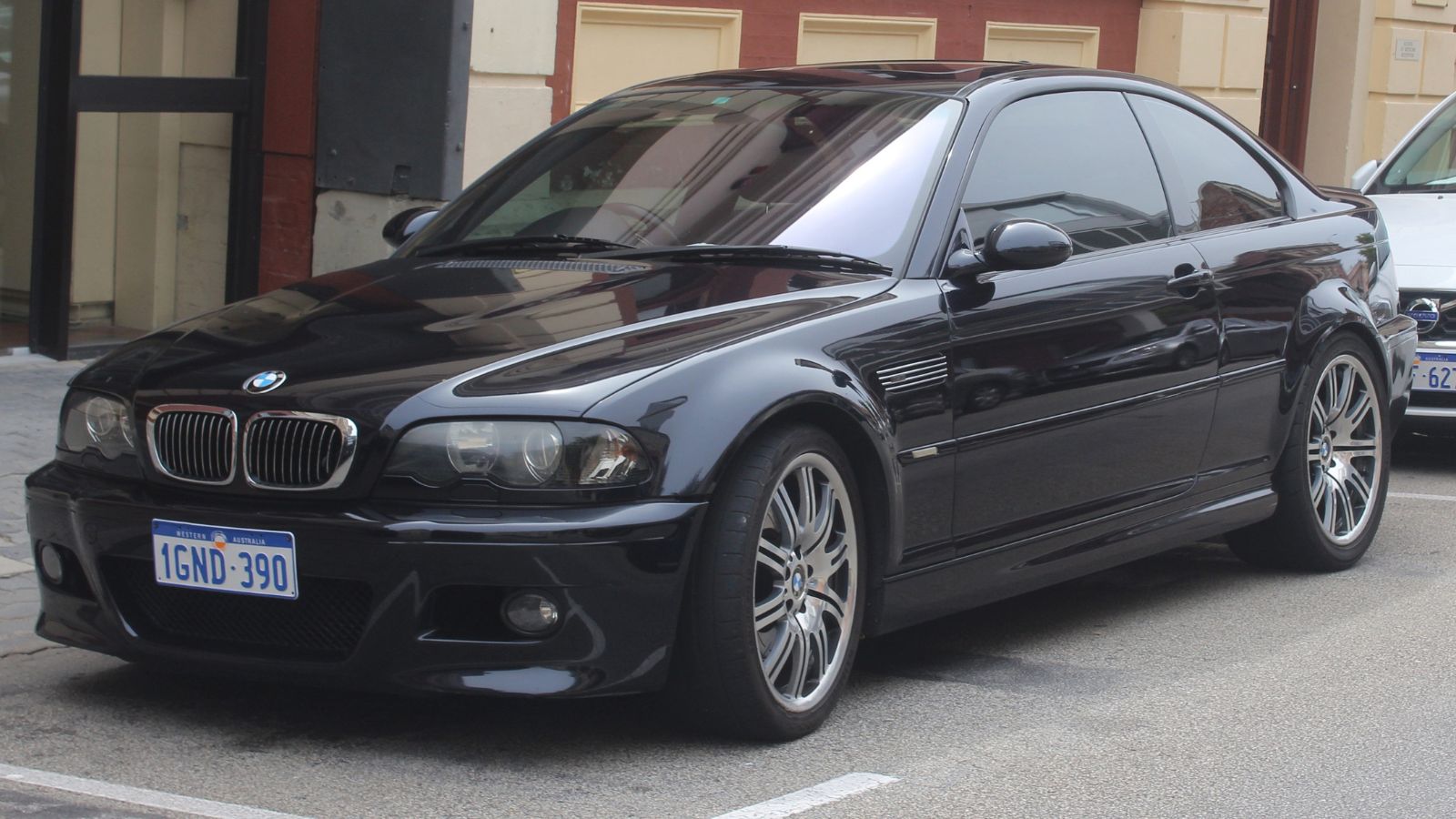
The E46 M3 is widely considered the perfect M3. Its naturally aspirated straight-six made 333 horsepower, revving smoothly to 8,000 RPM. Balanced, precise, and usable every day, it became the benchmark by which all sport sedans were judged. Many enthusiasts still call it the sweet spot in BMW’s lineup.
BMW i3 (2013)
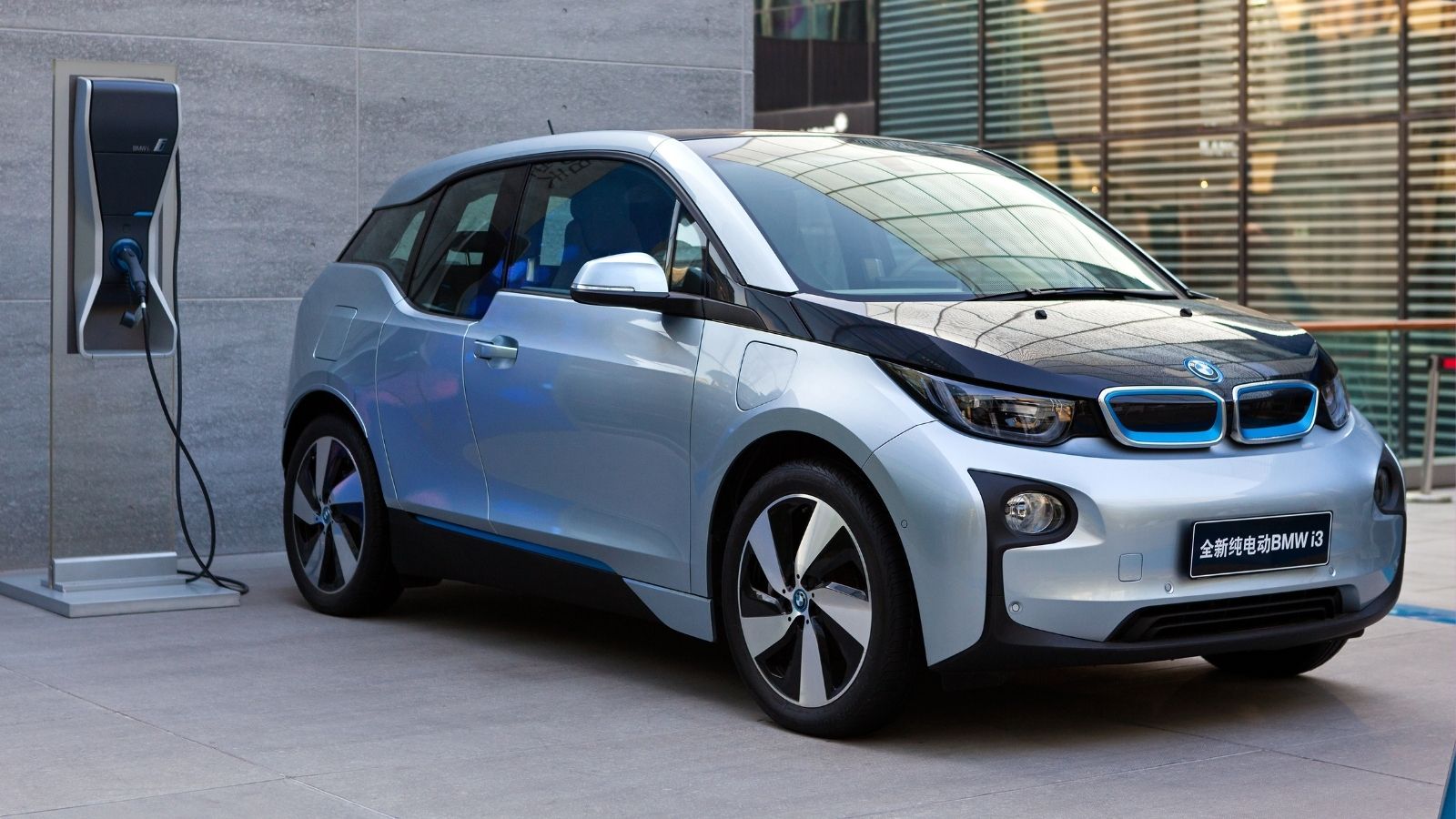
The i3 was bold, futuristic, and divisive. With its carbon-fiber structure, quirky styling, and electric drivetrain, it represented BMW’s early commitment to electrification. While not universally loved, it proved BMW could experiment and innovate outside its comfort zone.
BMW i8 (2014)
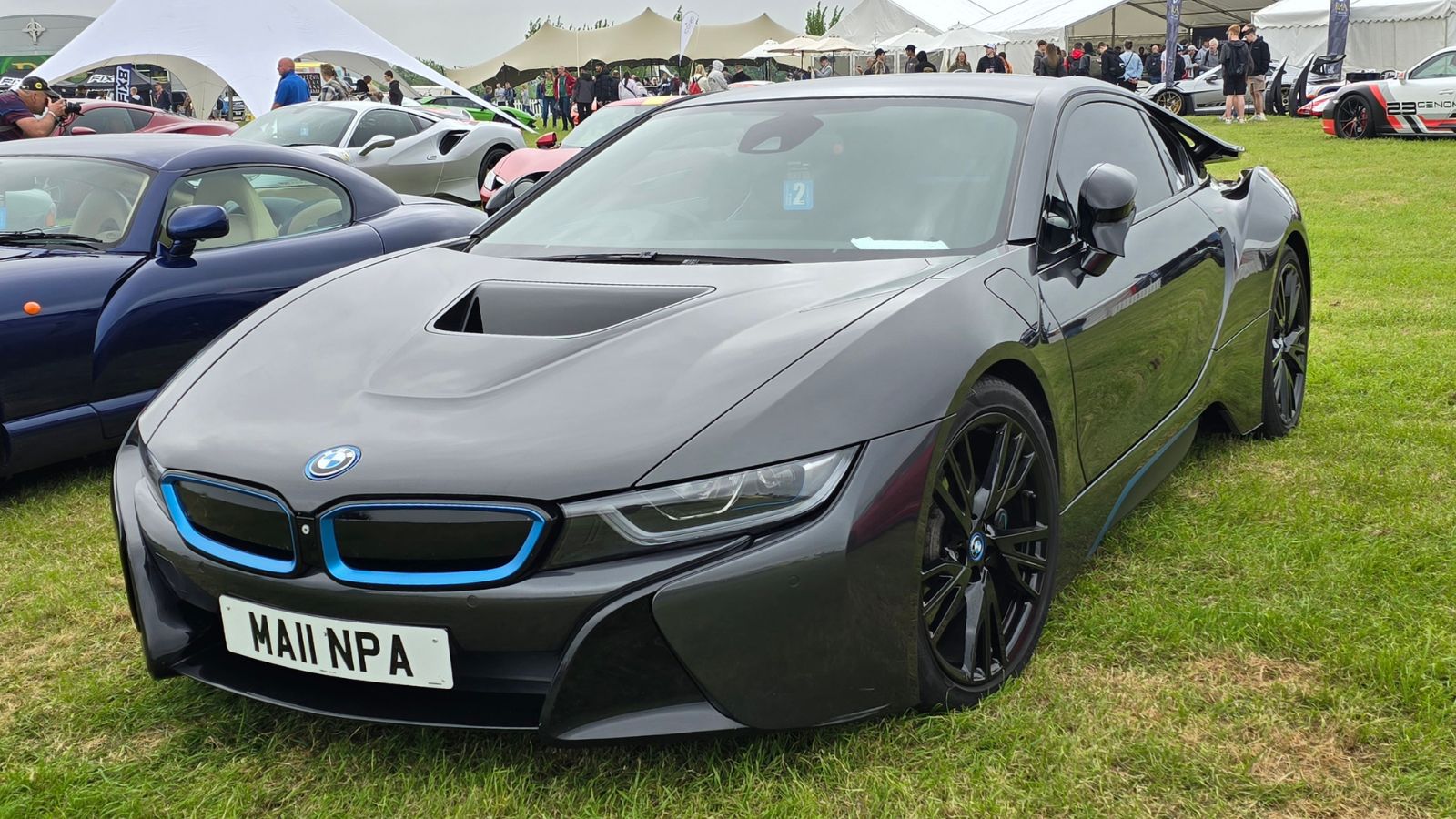
The i8 looked like it had been teleported from the future. A plug-in hybrid supercar with gullwing doors, it combined eco-consciousness with exotic flair. While it wasn’t the fastest in its class, it gave BMW a forward-looking halo car and defined its early EV-era ambitions.
BMW 4 Series Gran Coupe (2014)
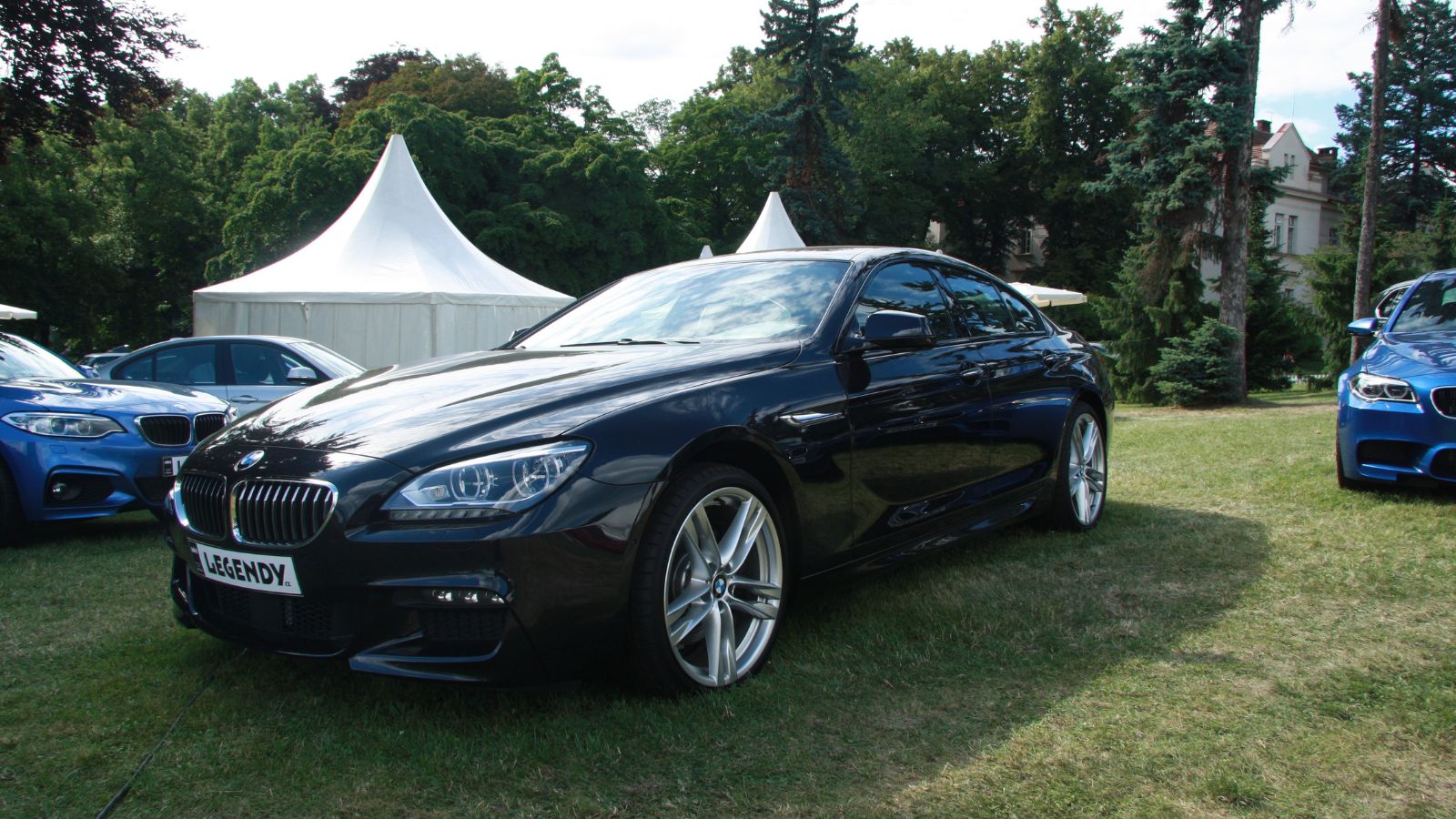
The 4 Series Gran Coupe showed BMW’s ability to invent niches. Blending coupe styling with sedan practicality, it attracted buyers who wanted flair without losing utility. It reinforced BMW’s dominance in the premium market by filling gaps nobody else thought to fill.
BMW M5 E39 (1998)
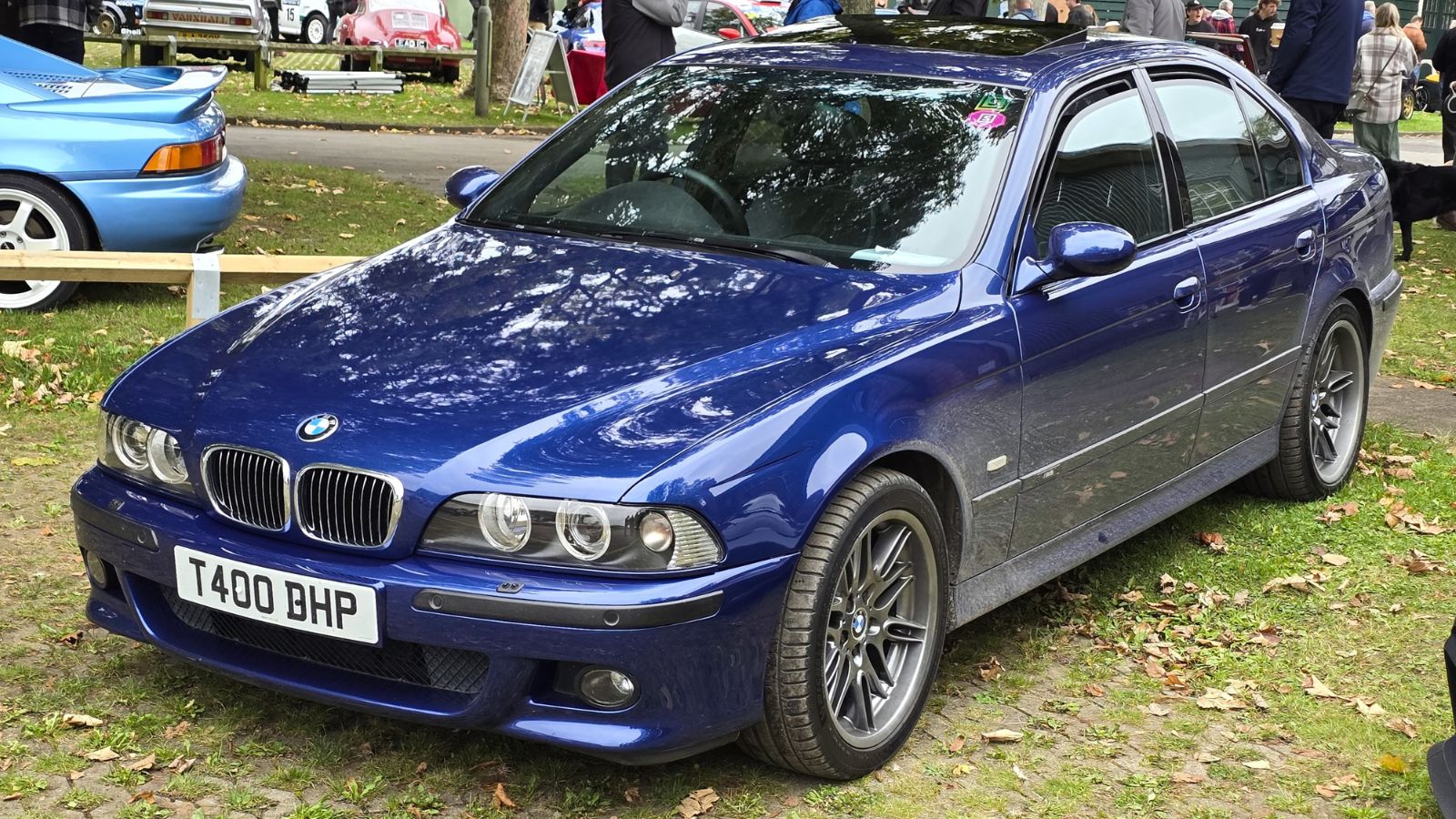
The E39 M5 is legendary for good reason. With a 400-horsepower V8, six-speed manual, and understated design, it was the ultimate sleeper sedan. It offered supercar performance in a package that looked like an ordinary executive car. It defined the “wolf in sheep’s clothing” character that BMW M became known for.
BMW X6 (2008)
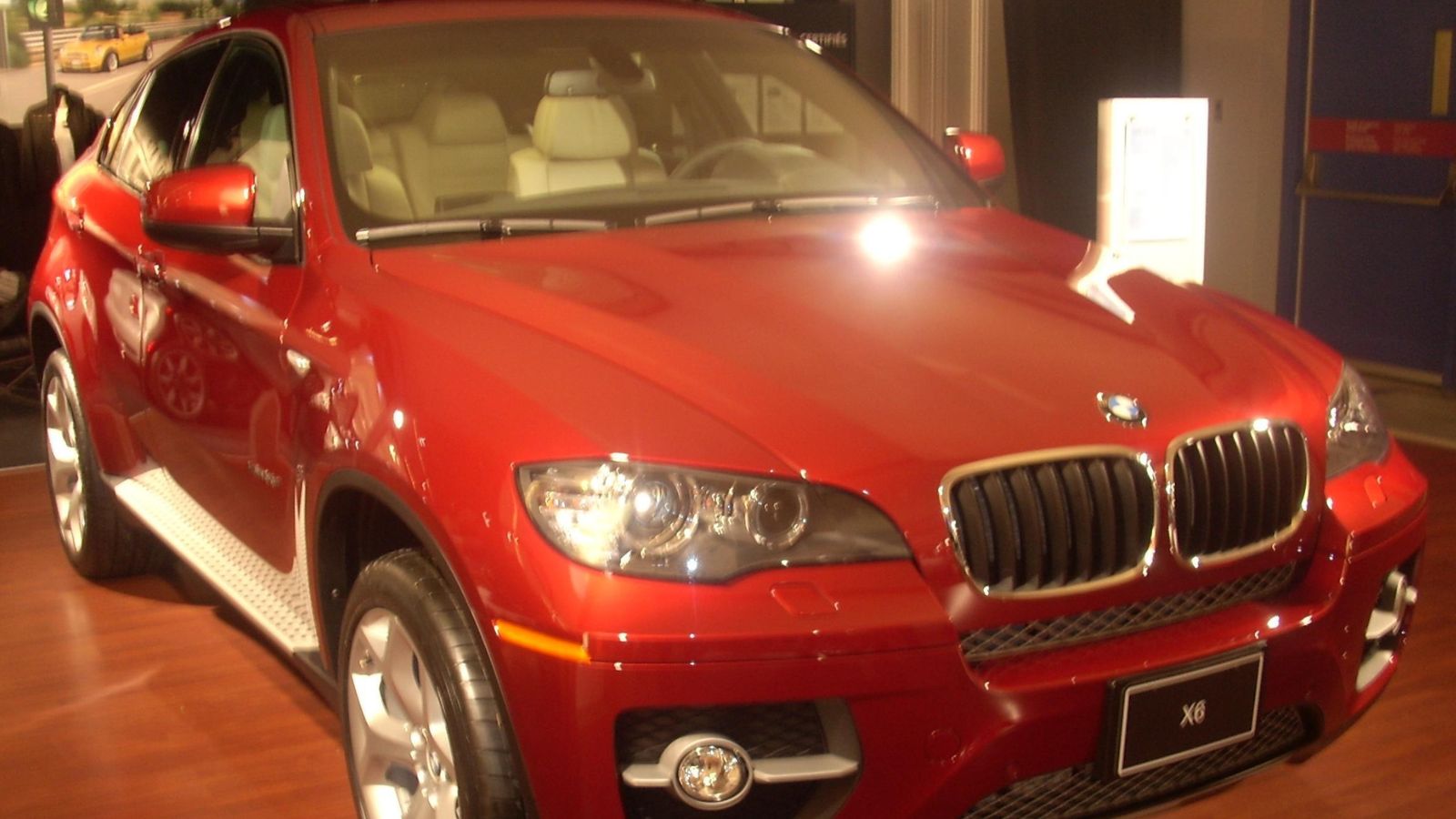
When the X6 launched, critics mocked it as a “coupé SUV.” But it sold in droves and created a whole new segment. The X6 proved that BMW wasn’t afraid to take risks with design and market positioning, even when it defied logic. Today, coupe-like SUVs are everywhere, but BMW did it first.
25 Facts About Car Loans That Most Drivers Don’t Realize

Car loans are one of the most common ways people fund car purchases. Like any other kind of loan, car loans can have certain features that can be regarded as an advantage or a disadvantage to the borrower. Understanding all essential facts about car loans and how they work to ensure that you get the best deal for your financial situation is essential. Here are 25 shocking facts about car loans that most drivers don’t realize:
25 Facts About Car Loans That Most Drivers Don’t Realize
